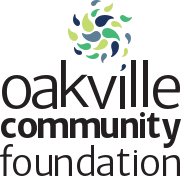A Report on the Vitality of Older Adults in Our Communities
Living your best life.
You are reading the Digital Snapshot.
Land Acknowledgement
We acknowledge that Oakville lies on the traditional territories of the Wendat, Haudenosaunee, and Anishnaabeg. We recognize that these lands include Treaties 14 and 22 with the Mississaugas of the Credit First Nation.
We also acknowledge the many First Nations, Metis, and Inuit people who now call our Town home. We are grateful for the guidance of the Mississaugas of the Credit First Nation and the many Indigenous knowledge keepers and community leaders who have shared their knowledge on this reconciliation journey.
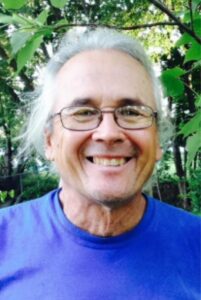
Our Indigenous Cultural Advisor:
Elder Peter Schuler
Living Your Best Life.
The Basics
What is ageing like in our communities?
How do you define “old,” “senior” or “elderly”? There is no one age that automatically sets people into this category and no one-size-fits-all definition. For some of us, we may base this on how our minds and bodies feel. For others, we might look to when we start to receive age-related discounts.
In some cultures, the goal in ageing is to become a revered member of the community, but what can we consider the goals in our community? For many, this means living independently, continuing to drive, looking after themselves both mentally and physically and having the time and ability to socially connect with friends, family and the community.
Not all older adults in our communities are thriving, and this report highlights areas where we can focus efforts to support ageing in our communities, throughout the pandemic and for years to come.
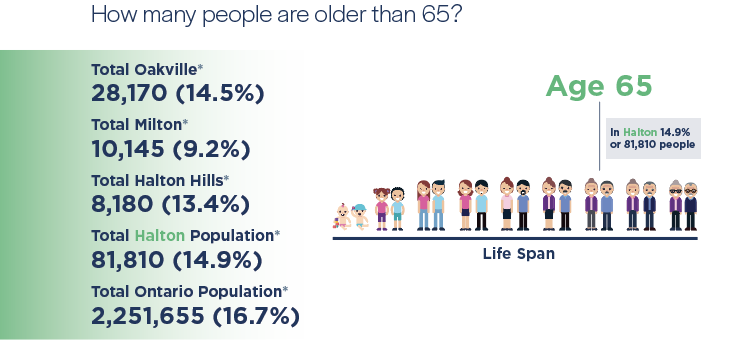
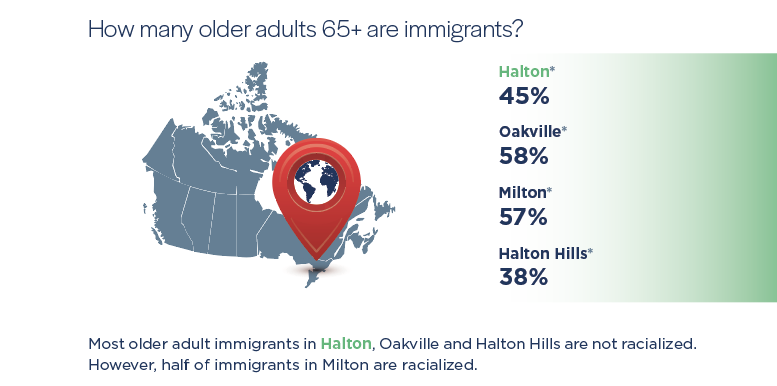
Living Your Best Life.
The Basics
The Basics represent the necessities of life like our homes, our income and the food we eat. Gaps in basic necessities for members of our community represent red flags where more attention and resources are needed.
Our goals in ageing depend heavily on our necessities of life.
Poverty
Two out of three low-income older adults in Halton are women, higher than the provincial average (66% vs. 52%). Poverty rates also increase as you age, with older adults 85+ showing considerably higher rates of poverty.

Income
Older adults in Halton tend to fare better than the older adult population in Ontario with sufficient funds for their retirement. In 2015, 8% of older adults in Halton made over $100,000 compared to 5% of older adults in Ontario.
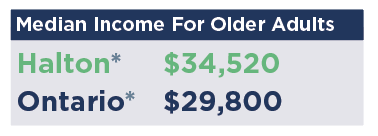
What is ageing like in our communities?
The postal code L6K has the lowest median household income at $65,237 and the highest percentage of low-income older adults, which could make it a good place to target additional services.
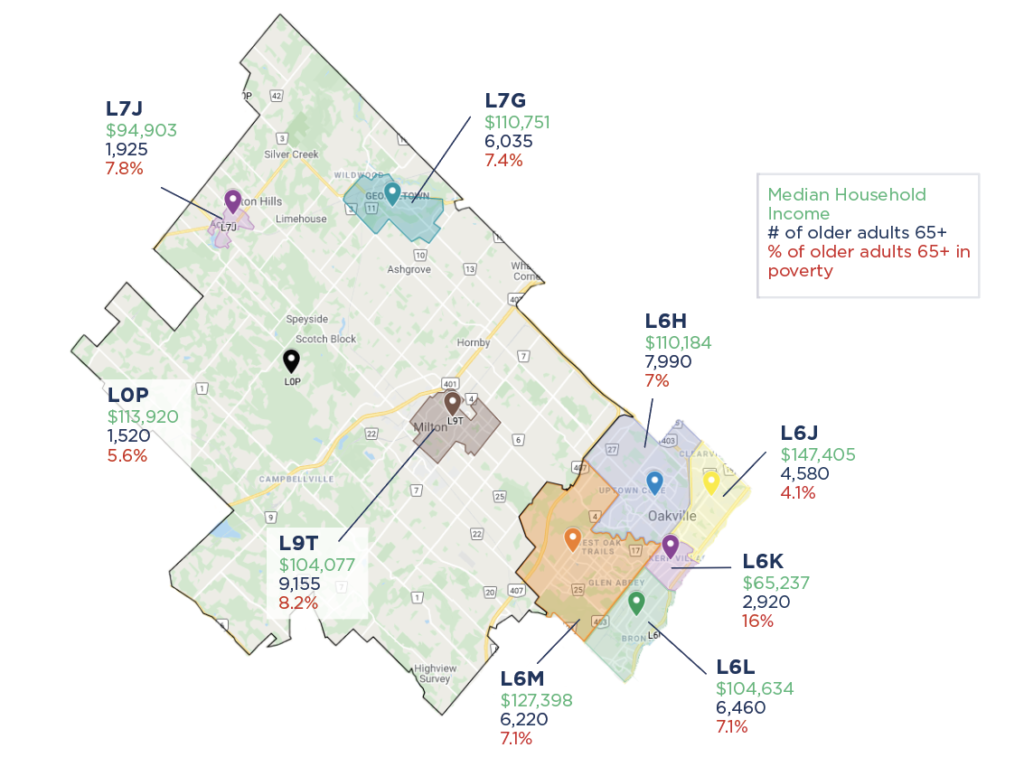
Living Your Best Life.
The Basics
Housing
The Canada Mortgage and Housing Corporation indicates that the recommended maximum to spend on housing is 30% of your income. When large portions of the population are spending more than 30% of their income on housing, it is indicative of an issue with affordable housing in the community.
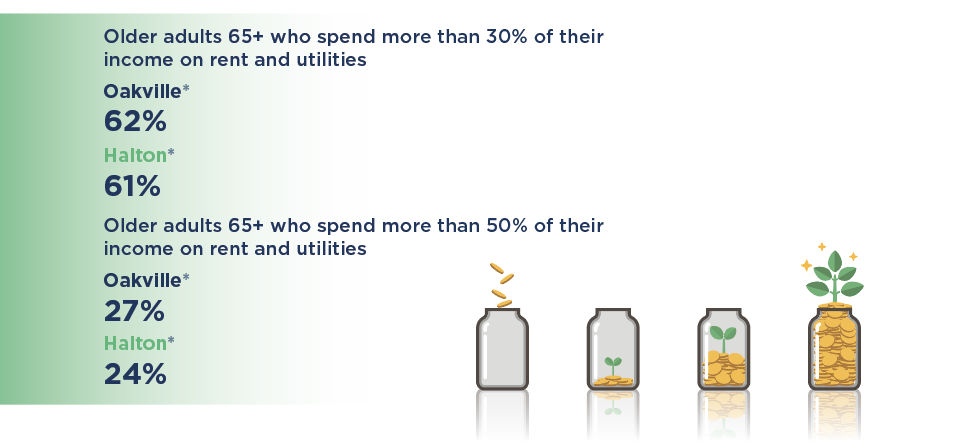
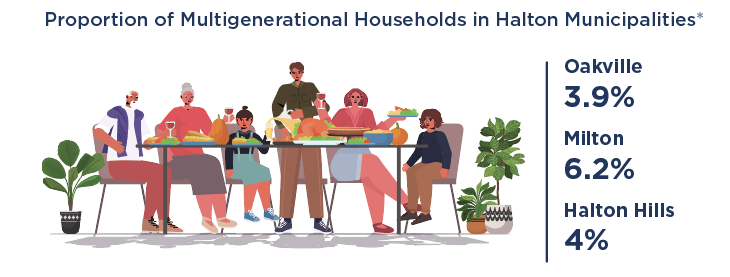
There is a growing phenomenon called adult orphans: Older members of the community who have no living family members, spouse, siblings, parents or children. As we age the prospect of living on our own grows.
Food Security and Nutrition
Older adults are also more vulnerable to nutritional risk due to more than the cost of food. Age related changes can affect their appetite and the taste and smell of food. Diseases and medications can also interfere with ingestion, absorption and metabolism.
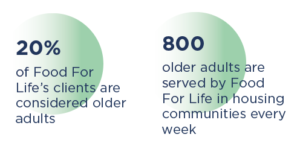

Living Your Best Life.
Health and Wellbeing
We develop many of our physical and mental health habits as youth and young adults which we bring forward with us through life in order to accomplish our goals. Some health changes cannot be helped; chronic illnesses and mental health issues are not always areas that can be managed, but our ageing population can continue to be physically active, get a good nights sleep and eat a healthy diet to achieve their goals.
General Well-being
Healthy adults 65+ should be achieving 150 minutes per week of moderate to vigorous physical activity, seven to eight hours of good quality sleep and eight hours or less of sedentary behaviour per day. Reported physical activity in Halton adults decreased as age increased.
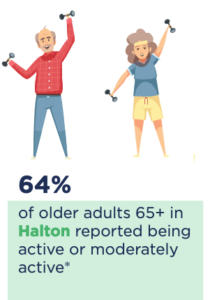
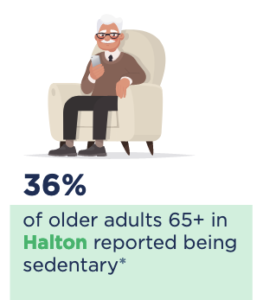
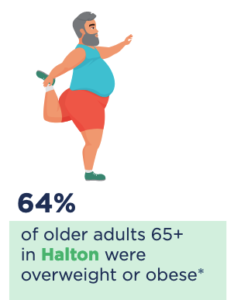
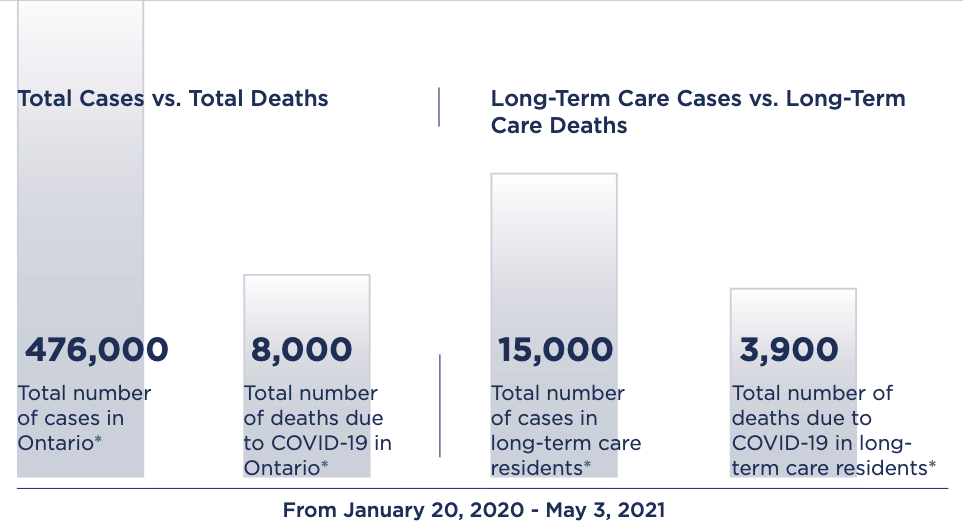
COVID-19
Older adults, as well as people with chronic illnesses or conditions, are at higher risk of developing complications from COVID-19. From January 20, 2020 to May 3, 2021, 3% of the total number of cases in Ontario have been long-term care residents, who also account for 48% of the total number of deaths.
Mental Health
Overall in Halton, 76% of older adults 65+ said their mental health is very good or excellent. However, mental health challenges including depression in older adults may not be recognized because some of the symptoms could be considered a normal part of ageing and can present themselves as confusion, lack of energy or issues with their memory.
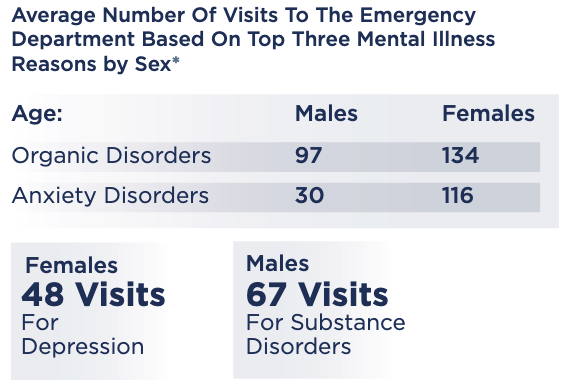
Living Your Best Life.
Safety And Risky Behaviour
Risky behaviours are sometimes seen as behaviours more common among youth, however many older adults continue to partake in behaviours that can be considered dangerous. These behaviours can lead to increasingly negative effects on independence, health and mortality.
Injuries
The number one cause of emergency department visits, hospitalizations and death in both Halton and in Ontario are falls.* Falls are the leading cause of injuries in older adults 65+ in Halton and can lead to chronic pain, reduced mobility, loss of independence and even death.
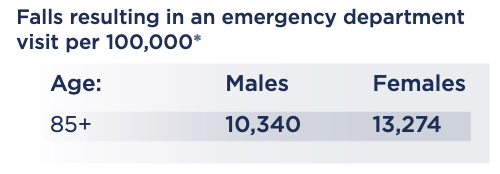

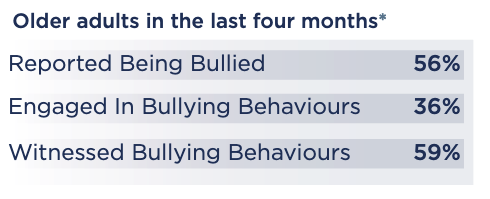
Bullying
Bullying isn’t something that only happens with children and youth, but is prevalent with older adults as well. Bullying happens when someone “hurts, intimidates or scares a peer consciously or unconsciously.” Older adult bullying can take place in congregate living settings or in social gathering settings and is perpetrated by older adults, against older adults.
Self-Harm and Suicide
In Canada, suicide is the ninth leading cause of death and for older adults, it’s the 12th leading cause. Older adult males account for 80% of older adult suicides and males over the age of 85 have the highest rate of suicide among all older adults.
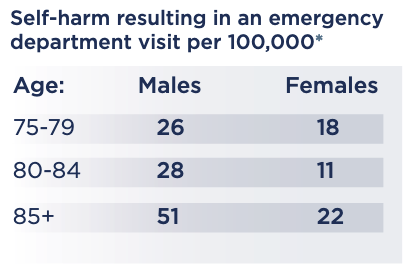
Living Your Best Life.
Relationships, Purpose And Opportunity
Older adults can become more reliant on relationships with the people around us and our community as we age. The role of our families and friends can expand as they take on the role of caregiver and our relationship with our community can dictate our level of belonging. Without these important relationships and opportunities to get out into the community, social isolation can grow and affect the way we relate to our surroundings.
Caregivers
In Ontario there are 3.3 million people acting as caregivers and more than one million indicated they had no choice but to accept the responsibility. These caregivers are both men and women and can be spouses, children, parents, siblings and friends of the person receiving care. In Ontario, 30% of caregivers are older than 55.
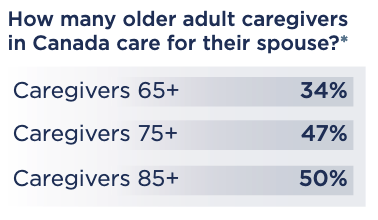
Outings and Transportation
On average, older adults in Halton complete around two outings per day while one third do not leave their homes at all. The COVID-19 pandemic has changed the way older adults spend their time and has forced many community members to limit their outings

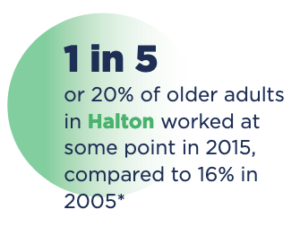
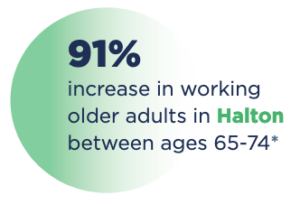
Employment and Volunteering
Older adults are working longer; it’s not uncommon for them to acknowledge the retirement age and continue on in their careers. Some have decided to remain in the labour market by choice and others due to necessity. Older adults 55+ volunteered more than other age groups, averaging between 153 and 222 hours a year.
Sense of Belonging and Community
Community belonging is important for everyone, particularly for older adults that have retired and may be struggling with loneliness and isolation. Older immigrants, minority ethnic groups and lower-income older adults are all more likely to lack a sense of belonging in their community.
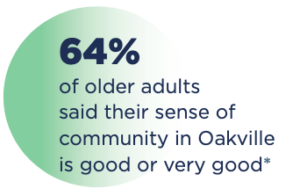
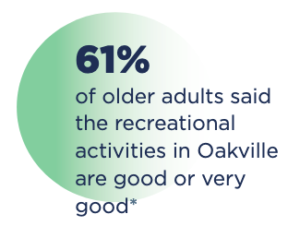
Living Your Best Life.
Next Steps and Watchlist
At the start of this report, we asked the question: what is it like to age in our communities? Throughout the report we have explored many areas of ageing and yet, there is no straightforward answer to this question. However, generally speaking, there are many positive aspects to ageing in our communities. However, there are also areas of concern that need to be addressed. Below you will find some items from our Watchlist of the most pressing areas that require both attention and philanthropic dollars to improve the lives of our ageing community. The complete Watchlist can be found in the full report.
Watchlist
- The postal code L6K has the highest percentage of low-income older adults,
which could make it a good place to target additional services - Increasing prevalence of social isolation among older adults
- Older adults as caregivers when ageing themselves
- Growing proportion of older adults working longer as a necessity
- More than 1/3 of Older adults being sedentary

